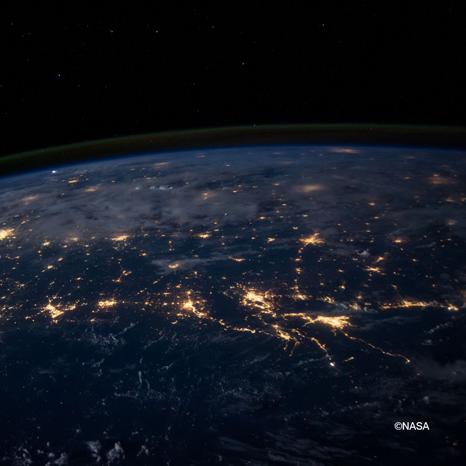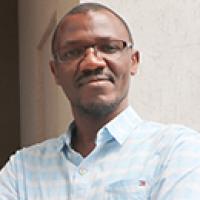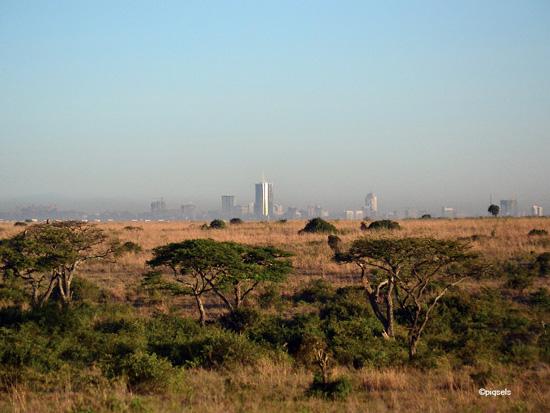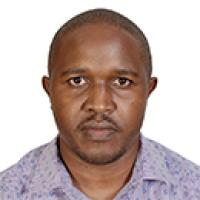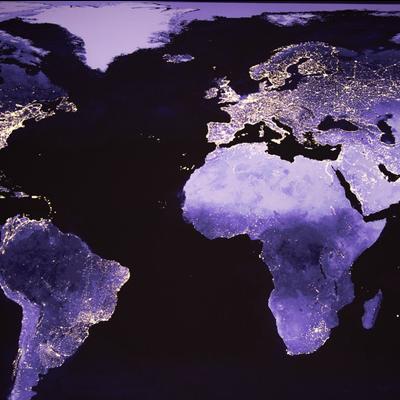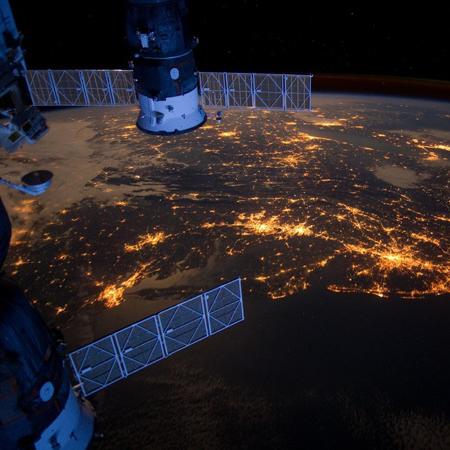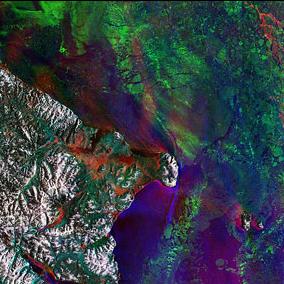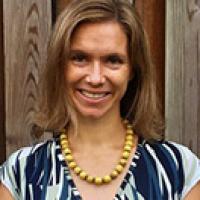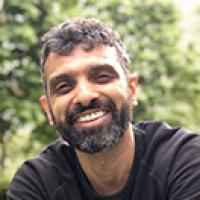Ran Goldblatt
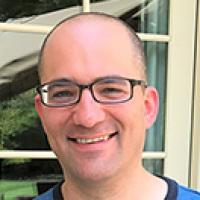
Designation
Geographic Information System (GIS) and Remote Sensing expert
Body
Dr. Ran Goldblatt is a Geographic Information System (GIS) and Remote Sensing expert with 20+ years of experience in complex geospatial data fusion, analysis and modelling, including development of methodologies and tools for monitoring features of the urban environment and their relation to socio-economic properties of the urban population and urbanicity. He has developed innovative machine learning methodologies and approaches for mapping land cover and land use. He supports organizations such as the World Bank and FEMA in utilizing big data to monitor socio-economic dynamics in the US and in developing countries. He has also initiated, together with the UC Berkeley, the Geo4Dev Initiative, a hub for geospatial data and tools for measurements of developing countries.
